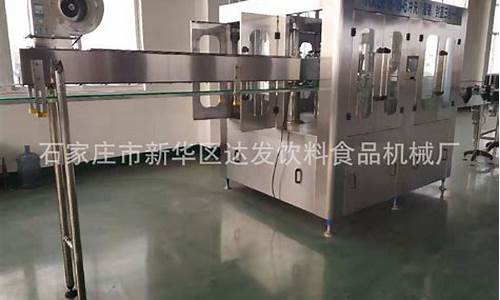Understanding Herbal Tea Filling Production
Herbal tea filling is a crucial process in the beverage industry that requires precision and efficiency. The goal of this process is to ensure that herbal tea is bottled accurately and quickly, minimizing waste and maximizing productivity. In recent years, the demand for herbal tea has increased, leading manufacturers to seek ways to optimize their production lines. This optimization is essential not only to meet consumer demand but also to enhance profitability and operational efficiency.
One of the primary aspects of optimizing herbal tea filling production involves evaluating and improving the existing filling systems. Many production lines use automated filling machines designed to handle large volumes of product. However, inefficiencies can arise due to machine malfunctions, suboptimal settings, or improper maintenance. Regularly assessing the performance of these machines and making necessary adjustments can significantly boost production efficiency.
Implementing Advanced Technologies
To stay competitive, herbal tea producers must leverage advanced technologies that improve production efficiency. Modern filling machines equipped with the latest automation technology can significantly enhance the speed and accuracy of the filling process. These machines often feature programmable controls that allow for precise adjustments and quick changes between different tea varieties and packaging formats.
Additionally, integrating real-time monitoring systems into the production line can provide valuable insights into the filling process. These systems can track key performance indicators such as filling speeds, product consistency, and machine downtime. By analyzing this data, manufacturers can identify bottlenecks and areas for improvement, leading to more informed decisions and more efficient operations.

Enhancing Workforce Training and Maintenance
While technology plays a significant role in optimizing production efficiency, human factors cannot be overlooked. Proper training for operators and maintenance personnel is crucial for maintaining high efficiency in herbal tea filling production. Well-trained staff can operate machinery more effectively, troubleshoot issues promptly, and implement best practices for maintenance.
Regular maintenance of filling equipment is another key component of efficiency optimization. Routine inspections and servicing can prevent unexpected breakdowns and extend the lifespan of machinery. By establishing a comprehensive maintenance schedule and adhering to it, manufacturers can avoid costly repairs and production delays.
Conclusion
Optimizing production efficiency in herbal tea filling involves a combination of advanced technology, data-driven decision-making, and effective workforce management. By implementing modern filling systems, leveraging real-time monitoring, and investing in staff training and maintenance, herbal tea producers can significantly enhance their production efficiency. This not only helps meet the growing consumer demand but also improves overall profitability and operational performance. As the industry continues to evolve, staying ahead with innovative strategies will be key to sustaining success in the competitive market of herbal tea production.






























